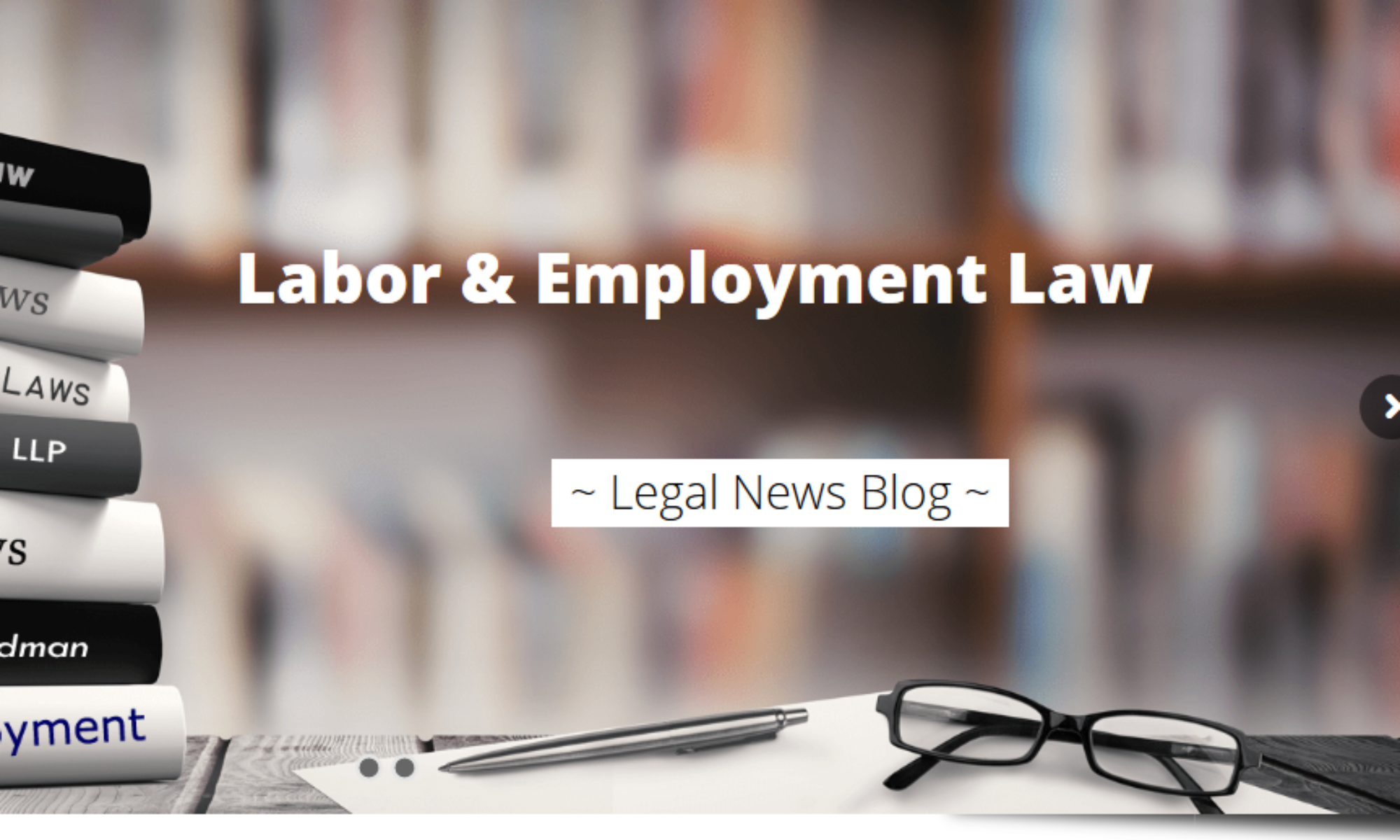Fired While Sick: The Truth About Wrongful Termination
Imagine dedicating nearly two decades of your life to a company, only to find yourself facing the distressing possibility of losing your job right after requesting time off for a vital surgery. For many, the fear of job loss during such a challenging time can be truly overwhelming and heart-wrenching. While it’s true that most employment in the United States operates under “at-will” policies—allowing employers to terminate employment for almost any reason—it’s essential to recognize that there are crucial legal protections in place to shield workers from discrimination and retaliation.
Being let go simply for asking for or taking medical leave is not only profoundly unfair, but in many places, it is also illegal. Federal laws like the Family and Medical Leave Act (FMLA), along with various state regulations, exist to protect employees who are prioritizing their health during particularly difficult times. It’s so important to understand the differences between “at-will” employment and unlawful retaliation. Taking this first step can empower you to stand up against any unjust dismissal you might be facing. Your health and rights are incredibly significant, and knowing when to seek support is vital in navigating these tough situations. You are not alone in this, and there are resources available to help you.
Understanding Wrongful Termination and Medical Leave
Wrongful termination, also known as wrongful discharge, occurs when an employer fires an employee for reasons that violate public policy, employment contracts, or statutory laws. While employers have broad discretion in hiring and firing, they cross a legal line when the termination is motivated by an employee’s protected activity—such as requesting medical leave.
Several key federal and state laws establish these protections:
- The Family and Medical Leave Act (FMLA): This federal law provides eligible employees with up to 12 weeks of unpaid, job-protected leave per year for serious health conditions. Firing an employee for exercising their right to FMLA leave is a clear violation.
- The Americans with Disabilities Act (ADA): The ADA mandates that employers provide “reasonable accommodations” for qualified employees with disabilities, which can include modified work schedules or medical leave. Terminating an employee for requesting such an accommodation is illegal.
- State-Specific Protections: States like California offer robust additional safeguards. The California Fair Employment and Housing Act (FEHA) and the California Family Rights Act (CFRA) prohibit discrimination based on disability and medical condition, often covering smaller employers than federal laws do.
When an employer fires a worker shortly after a leave request, citing vague “performance issues” or minor policy infractions, it often points to pretextual reasoning—a false reason given to cover up the true, illegal motive.
Case Study: A Battle for Rights in New York
Legal battles regarding medical leave often reveal patterns of employer retaliation. A recent lawsuit filed in the Southern District of New York highlights the severity of these allegations. Nidya Cabrera, an accountant with nearly 20 years of tenure, sued her employer, Swissbit NA, Inc., alleging she was fired after requesting leave for epilepsy surgery.
According to the complaint filed in November 2025, Cabrera suffered from epilepsy and other health conditions that substantially limited her major life activities. After requesting a week of leave for surgery to implant a Vagus Nerve Stimulator, her request was allegedly denied by the CFO, who cited workload concerns. When she was eventually able to undergo the surgery months later, she claims she was forced to return to work almost immediately, forgoing recommended recovery time.
The situation escalated when Cabrera was terminated in April 2024. The company cited an unauthorized phone purchase as the reason for dismissal—a claim Cabrera disputes, arguing it was a pretext for discrimination and retaliation against her disability and leave requests. This case underscores the reality that wrongful termination is rarely explicit; it is often disguised as a disciplinary action for unrelated matters.
Actions to Take If You Suspect Wrongful Termination
If you believe you are being targeted for termination due to a medical leave request, or if you have already been fired, immediate and strategic action is essential to protect your legal claims.
1. Document Everything
Create a detailed paper trail. Save emails, text messages, and internal memos related to your leave request and any subsequent disciplinary actions. Write down a timeline of events, noting dates, times, and the names of supervisors involved in conversations about your health or performance.
2. Protect Your Privilege: Do Not Use AI
In the digital age, it is tempting to ask Artificial Intelligence platforms for legal advice. Do not do this. Conversations with AI chatbots are not privileged and can be discovered by the opposing party in a lawsuit. If you provide an AI with inconsistent details or exaggerations, the defense can use those logs to damage your credibility at trial. Keep your sensitive information between you and your attorney.
3. Do Not Sign Severance Immediately
Employers often present terminated employees with severance packages that include a release of claims. Signing this document effectively waives your right to sue for wrongful termination. Take the document home and review it with a legal professional before putting pen to paper.
4. Consult a Wrongful Termination Lawyer
Employment law is complex, with strict statutes of limitations for filing claims. Consulting with an experienced attorney, such as the team at Helmer Friedman LLP, can help you determine if your rights were violated and what compensation you may be entitled to.
Fighting for Your Livelihood
No employee should have to choose between their health and their job. Laws like the ADA and FMLA exist to prevent exactly that scenario, but they only work when enforced. If you have been fired after requesting medical leave, recognized legal counsel can assist you in navigating the complexities of employment law and holding employers accountable for illegal retaliation.
If you suspect your rights have been violated, contact the wrongful termination lawyers at Helmer Friedman LLP for a confidential consultation.








 Against all odds, after a three-year struggle, this small group of fighters successfully reclaimed the Temple. Their victory was not just a military one; it was a triumph for religious freedom. When they entered the Temple to rededicate it, they found it in disarray. They worked to purify it and relight the menorah, a sacred candelabrum meant to burn continuously.
Against all odds, after a three-year struggle, this small group of fighters successfully reclaimed the Temple. Their victory was not just a military one; it was a triumph for religious freedom. When they entered the Temple to rededicate it, they found it in disarray. They worked to purify it and relight the menorah, a sacred candelabrum meant to burn continuously.

